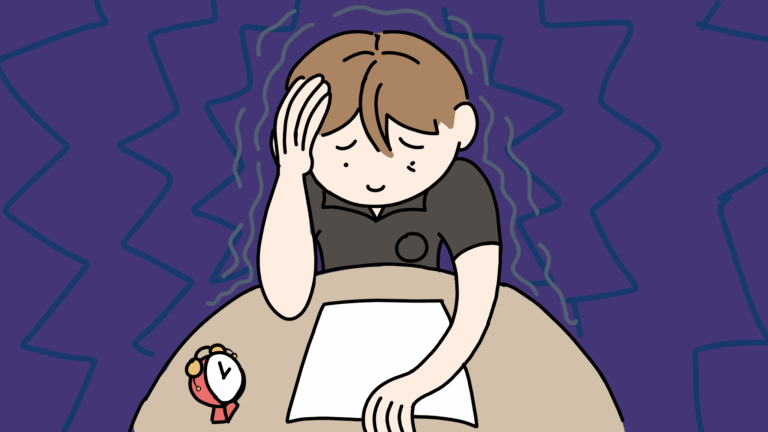Students from the Japanese 3 and 4 classes will be flying to Japan during this fall break. For 10 days, students will be learning more about Japanese culture and putting to practice Japanese etiquette while roaming around Japan.
One of the many differences between American and Japanese etiquette centers around language. Japanese teacher Elena Yoo said, “The language is different because there’s even a system where you‘re supposed to talk in an honorific language when you’re addressing older people and the higher ranking people in your company or organizations.”
Another thing to keep in mind is how to eat properly in Japan. While the use chopsticks or hashi is familiar to visitors from Hawaii, students should be aware of some ways in which chopsticks should not be used during a meal. Yoo said, “You do not stab food with hashi like you would do with a fork. You’re supposed to just grab it and you do not push or pull the dishes. You’re not supposed to pass food from one pair of chopsticks to the next pair of chopsticks.”
Being polite is an extremely important thing to keep in mind. Depending on the seniority of the person they meet, visitors to Japan should greet them differently. Freshman and host of OC16’s Ultimate Japan show, Skyler Suzui said, “If it’s your friend you could act normally, but if it’s like a teacher or someone above you, you should show them high respect.” Japanese language teacher Chie Watanabe added, “Do bow and show respect. You bow lower to superior. No hug.”
Something to keep in mind while traveling around Japan is that it is a spotlessly clean country. Visitors will notice that there aren’t many trash bins around. Watanabe said, “Japan is very clean and has high standards for it. Please do not litter while visiting Japan. You will have to hold onto your garbage until you find a trash can. We recycle almost everything. You cannot just throw all your trash to one trash can.”
Most people in Hawaii take their shoes or slippers off before entering a house. It’s no different in Japan. “When you go to a typical Japanese home, you’re supposed to take off your shoes. You don’t take off your shoes and just scatter your shoes around the entrance area, you would just neatly put them together and then flip it over so that the direction of your shoes are like exiting,” said Yoo.
The 66 students and chaperones from HBA will be will be exploring the southern part of the main Japanese island, Honshu, from September 26 to October 6. For more details on their trip, check out the Japan Trip Preview article written by Kayci Kumashiro.






